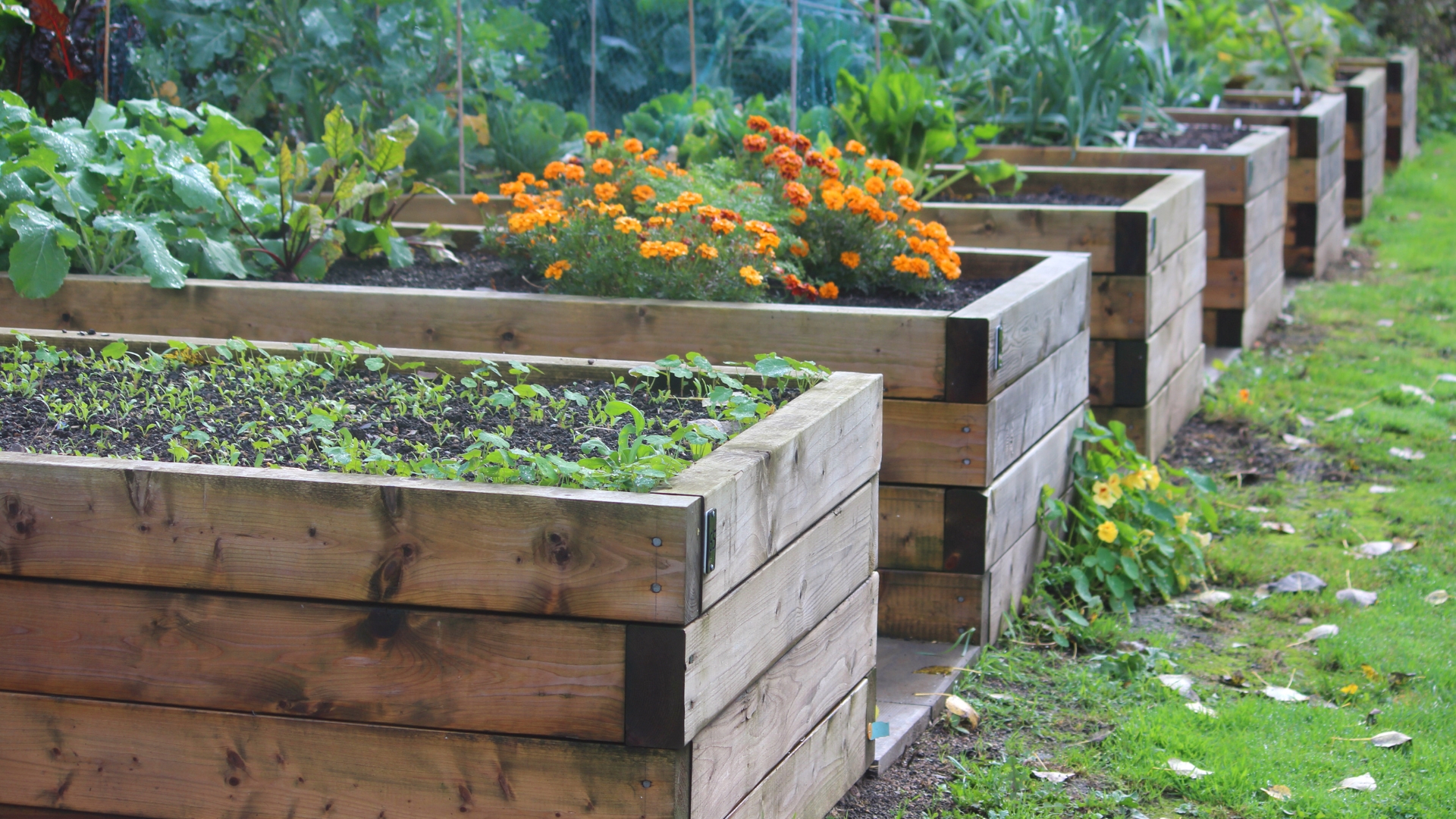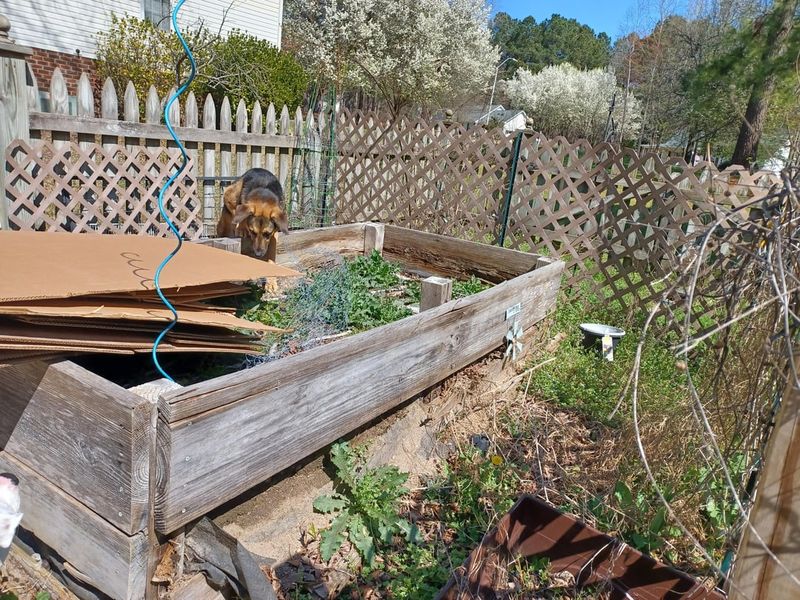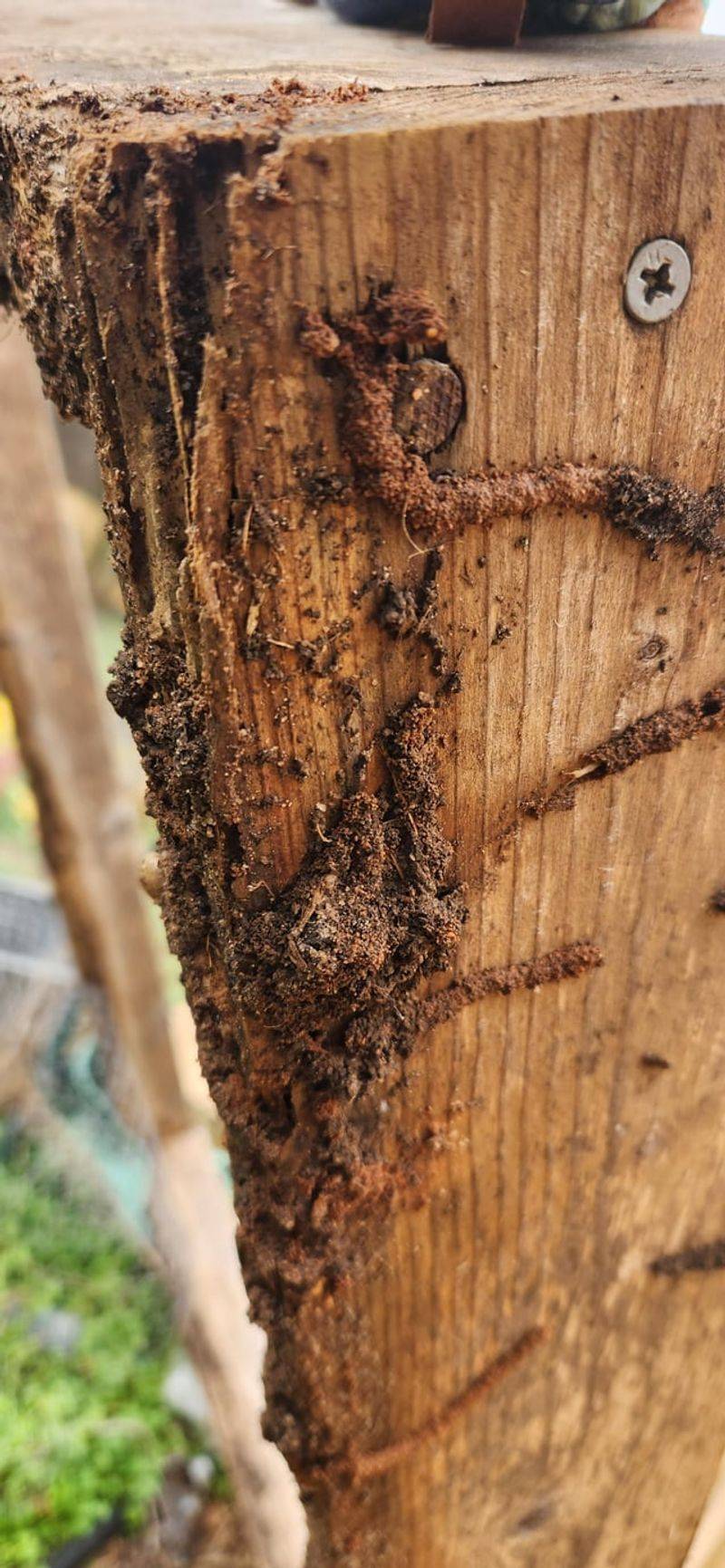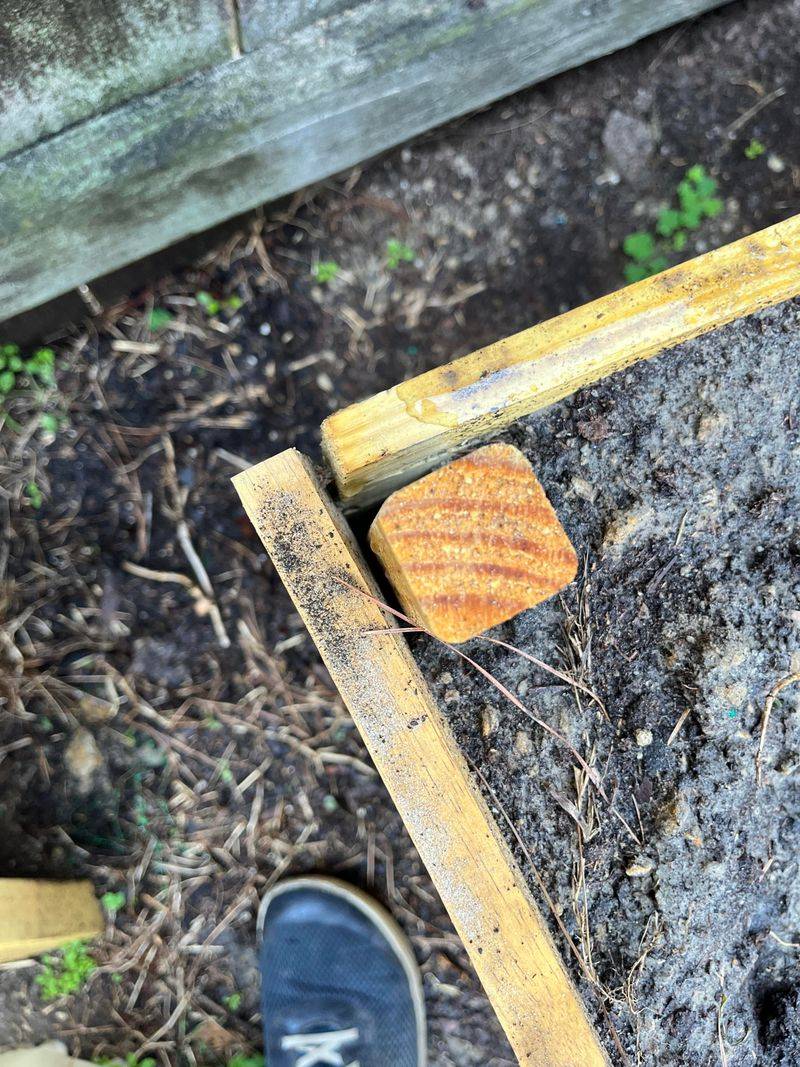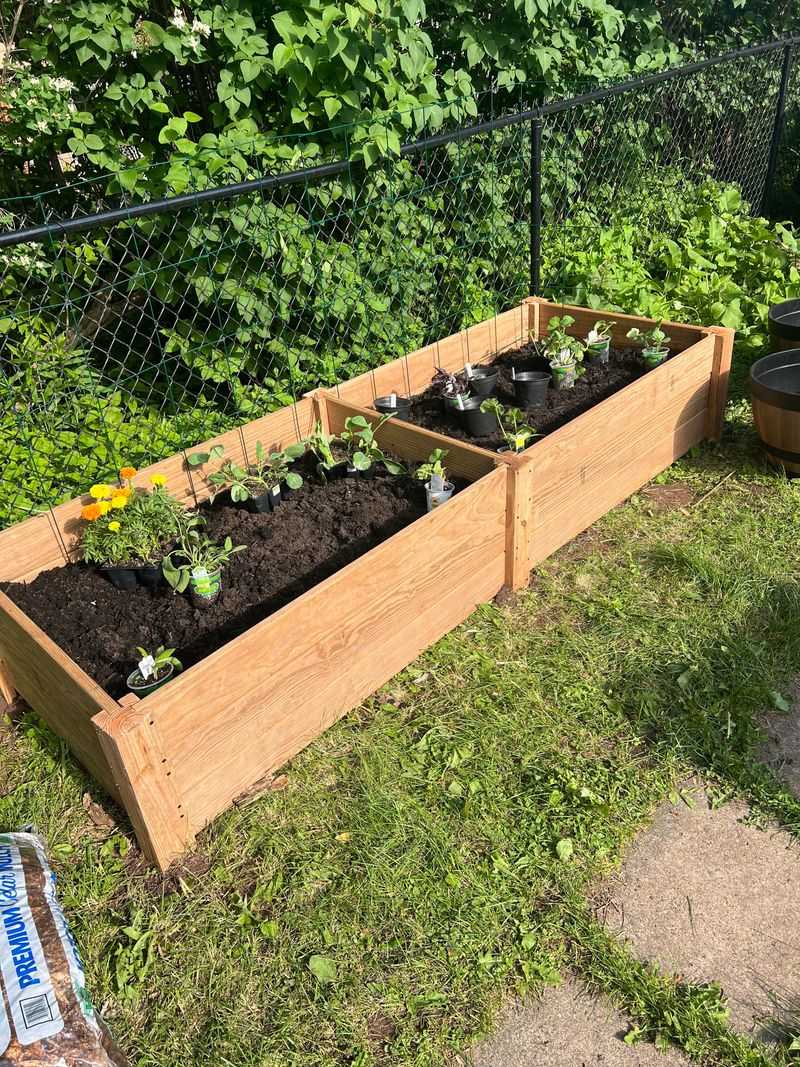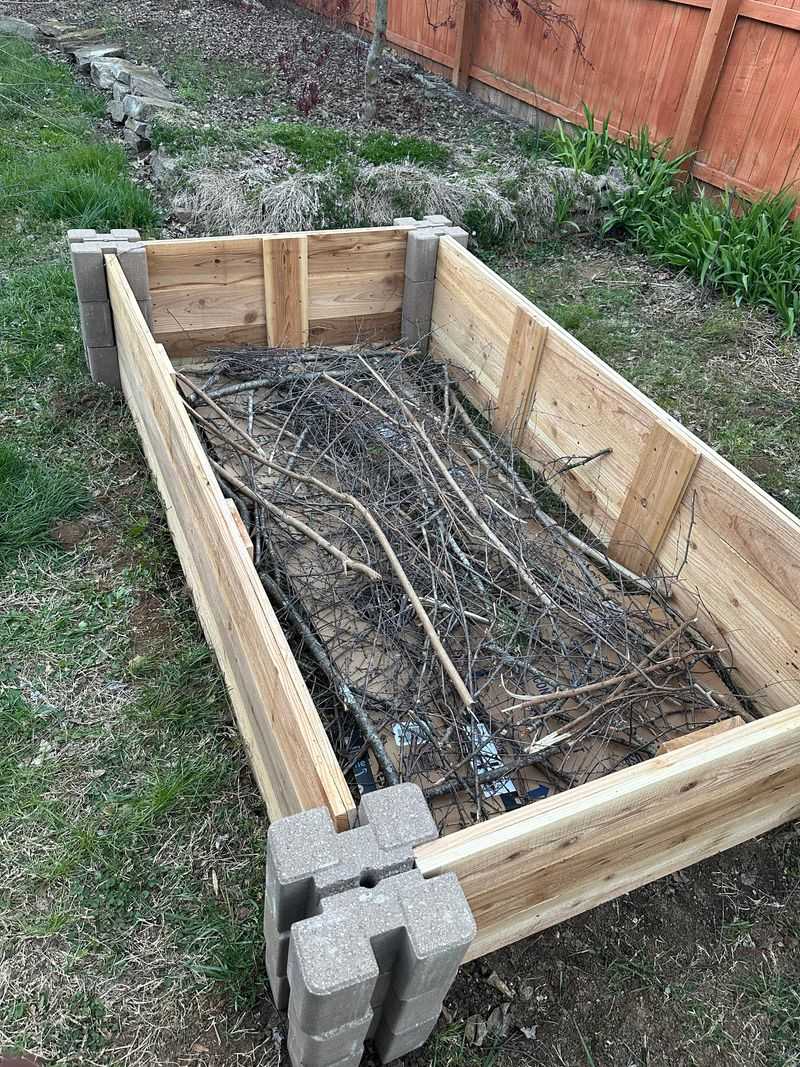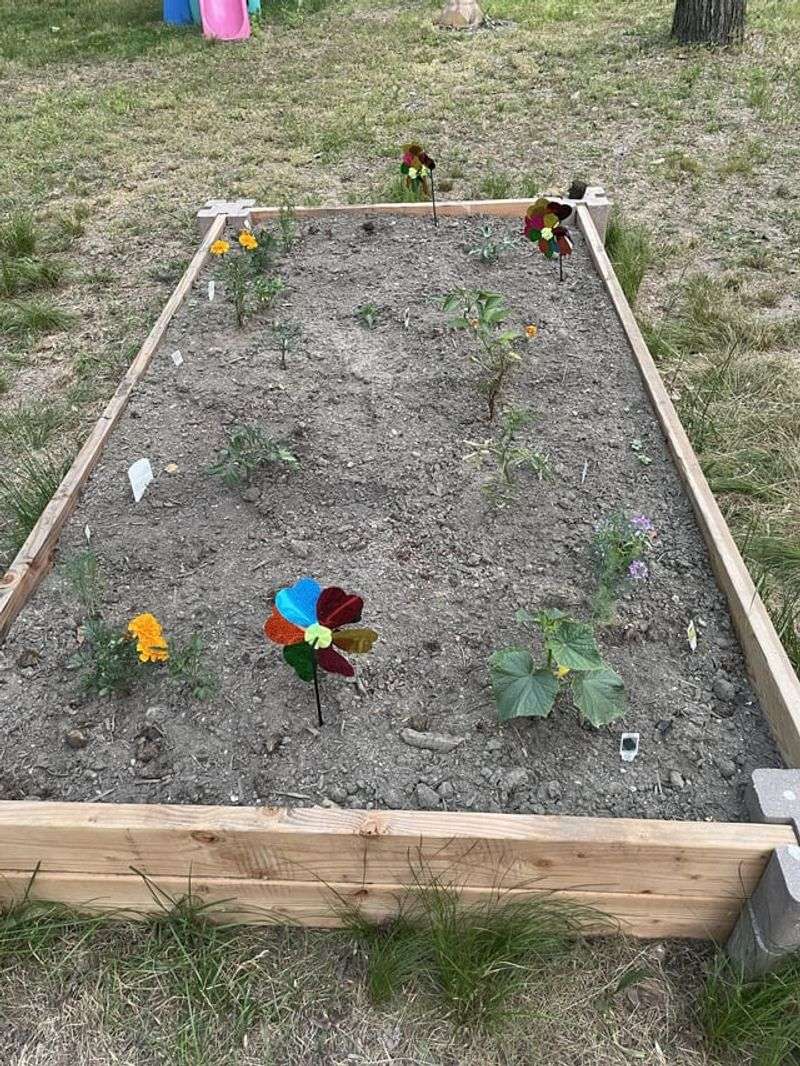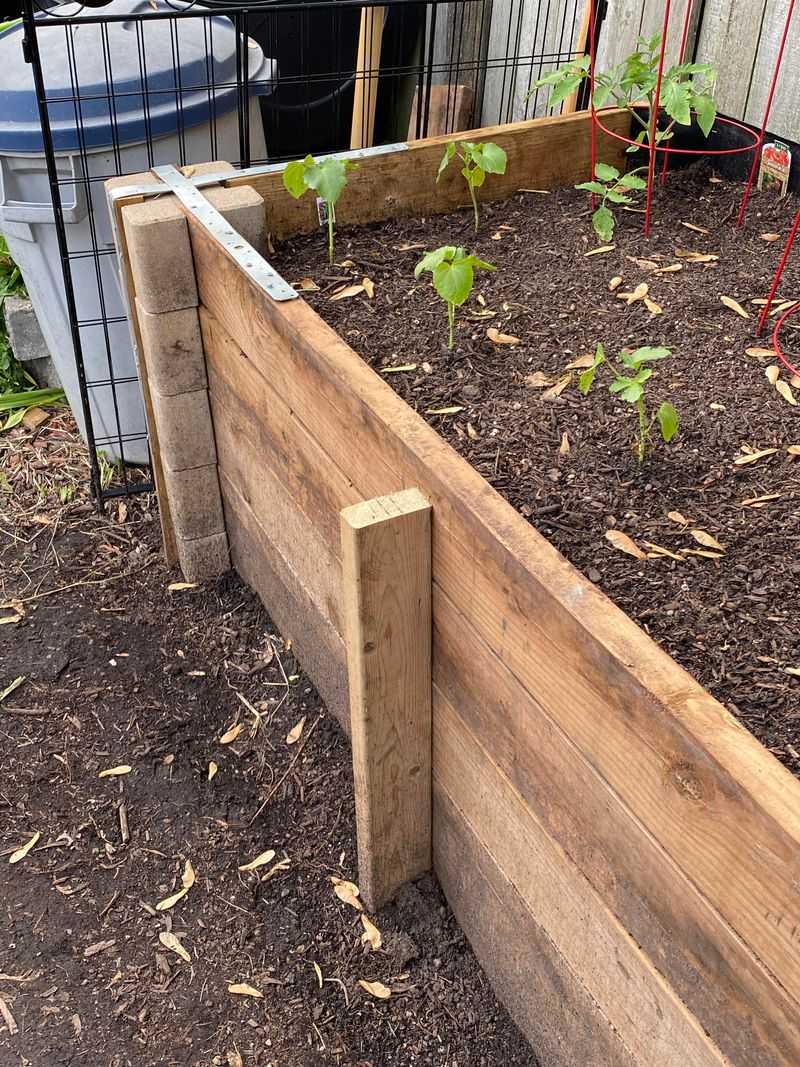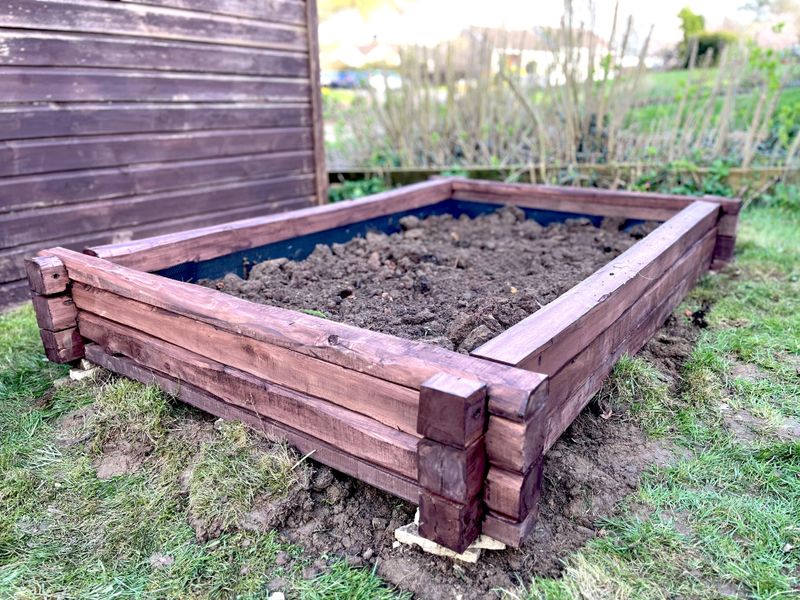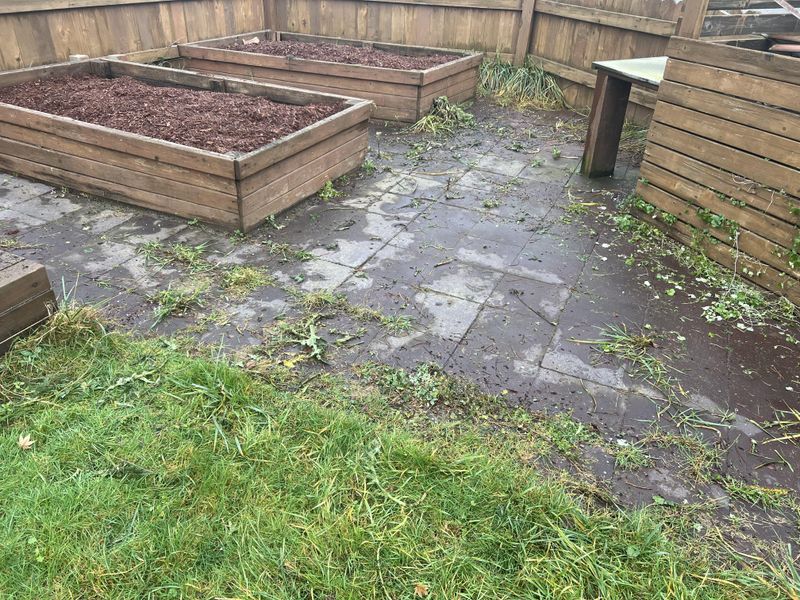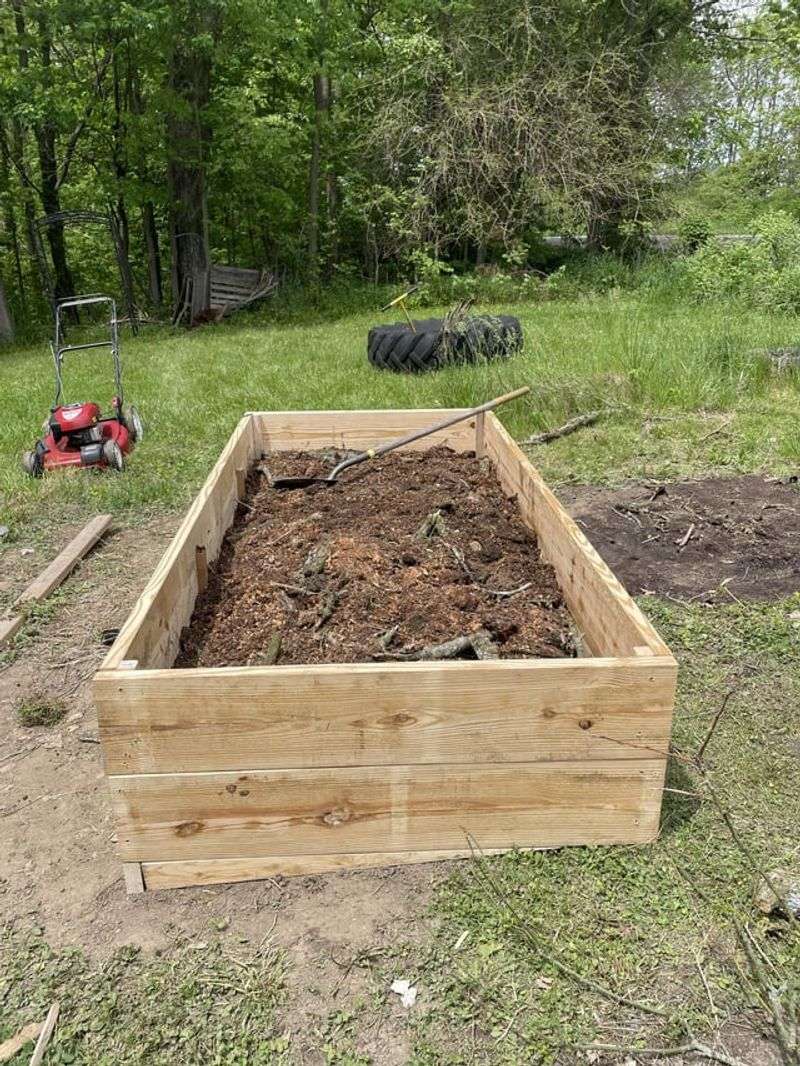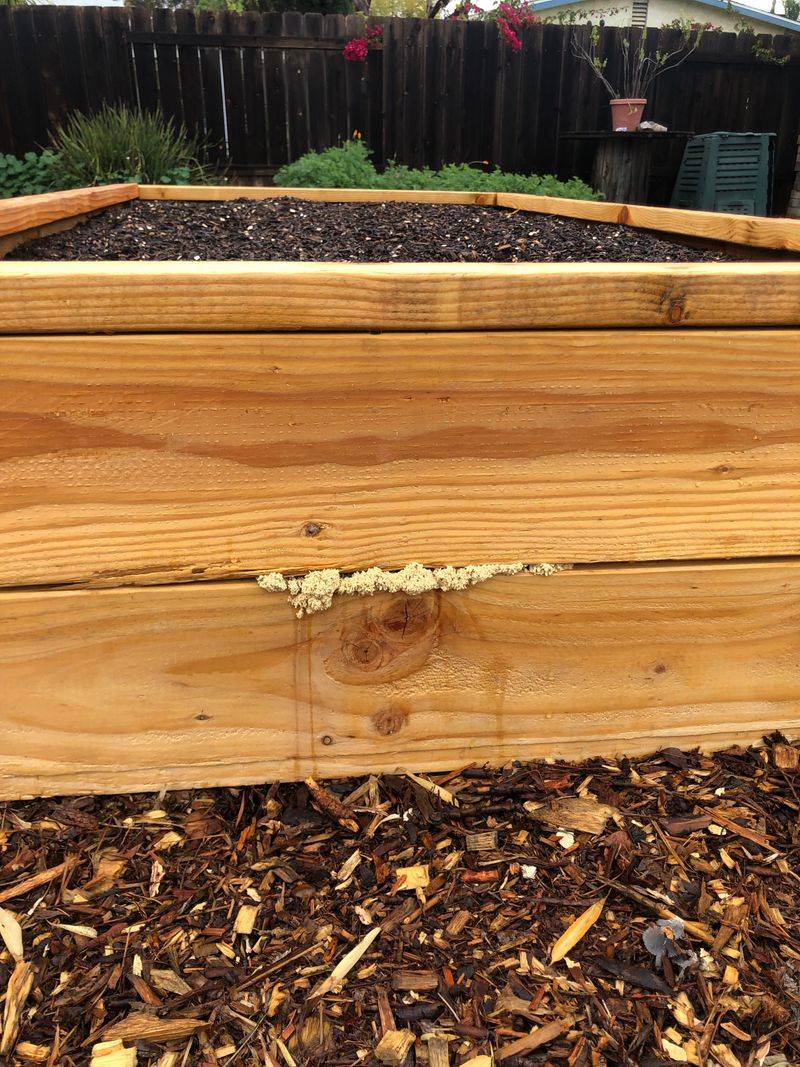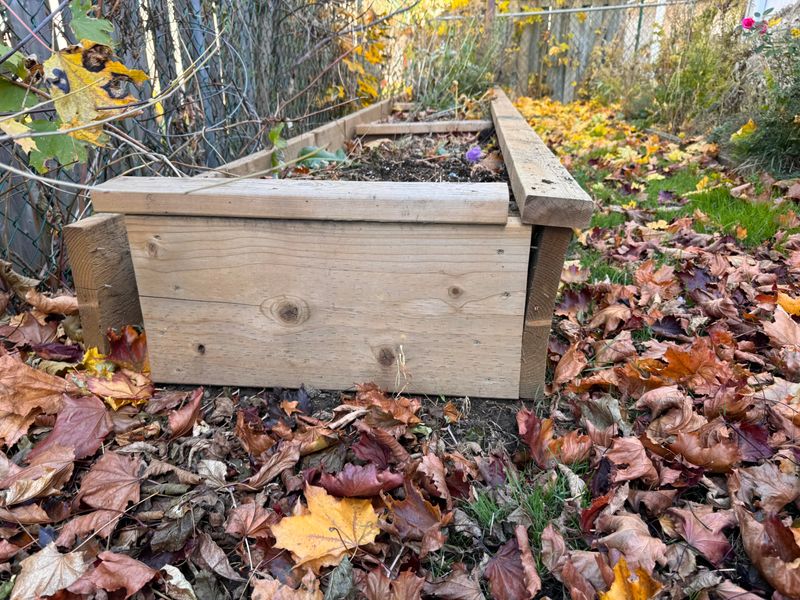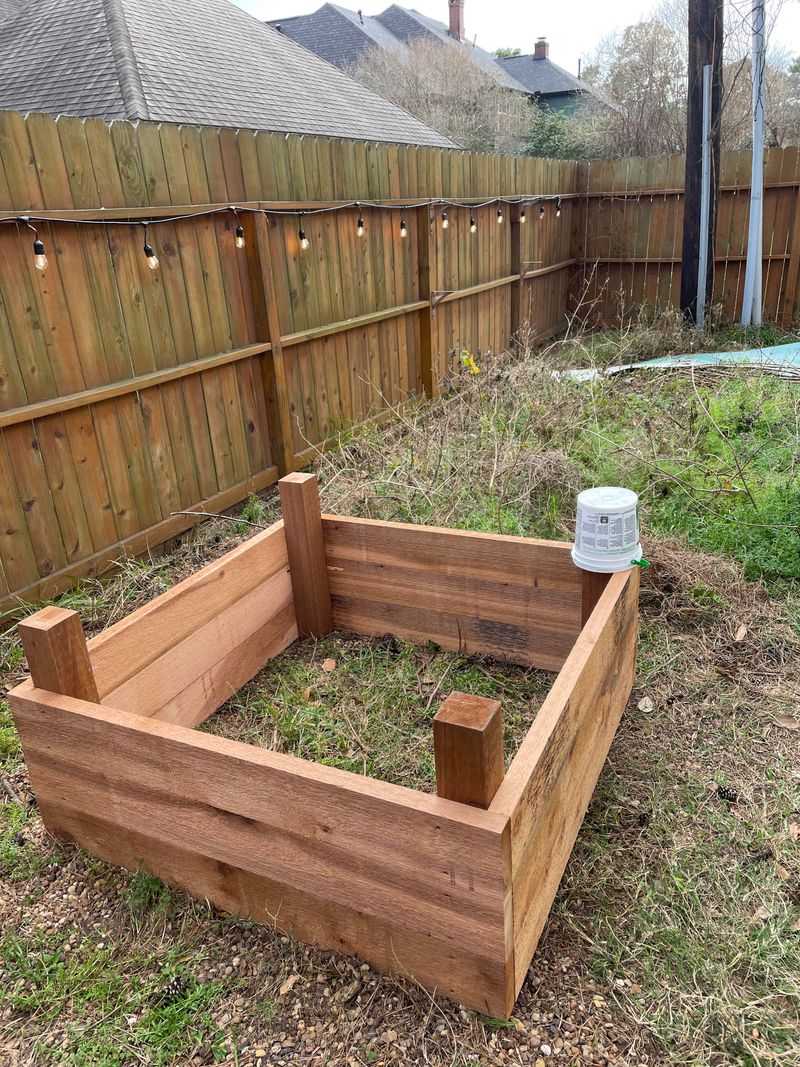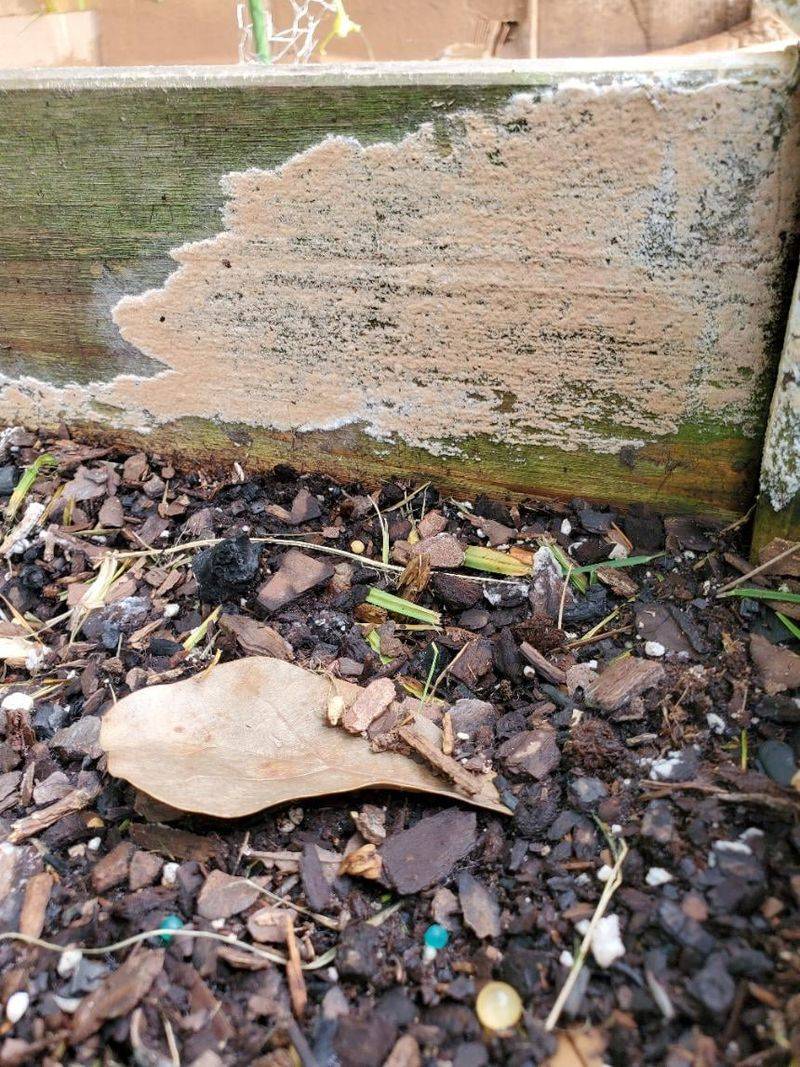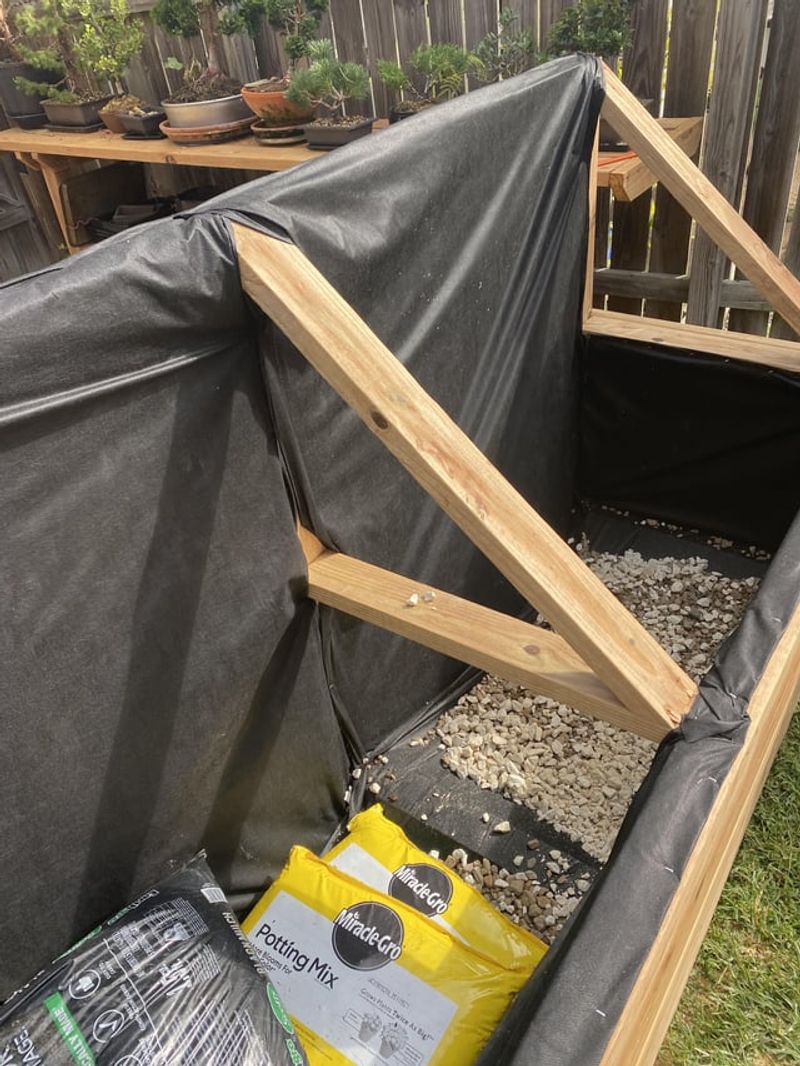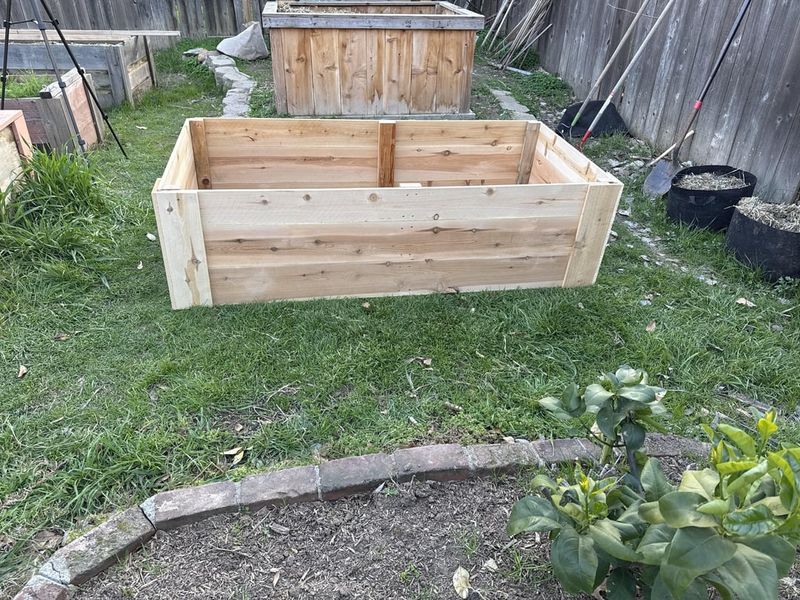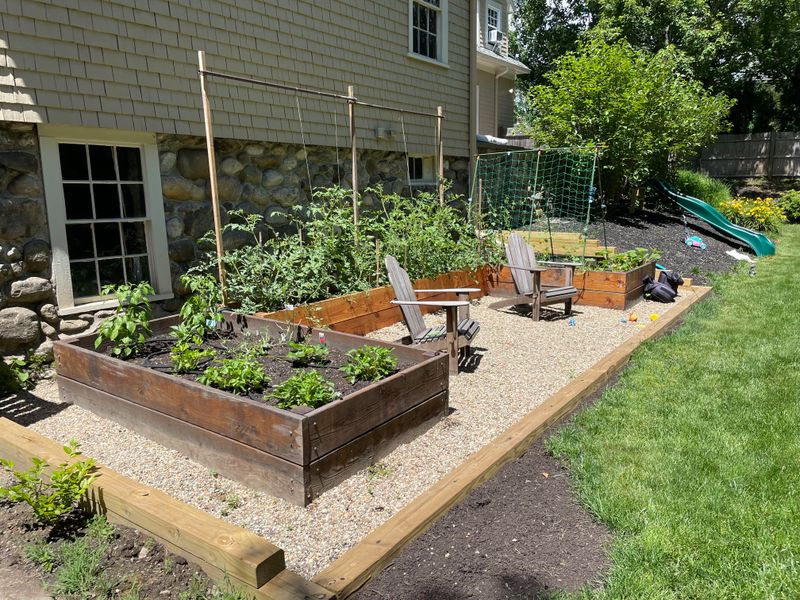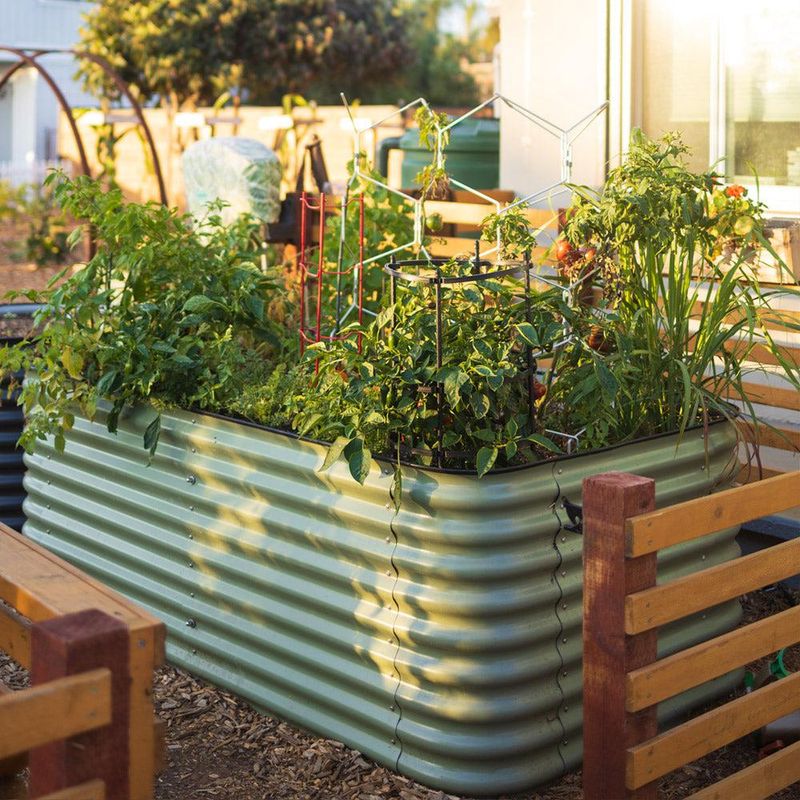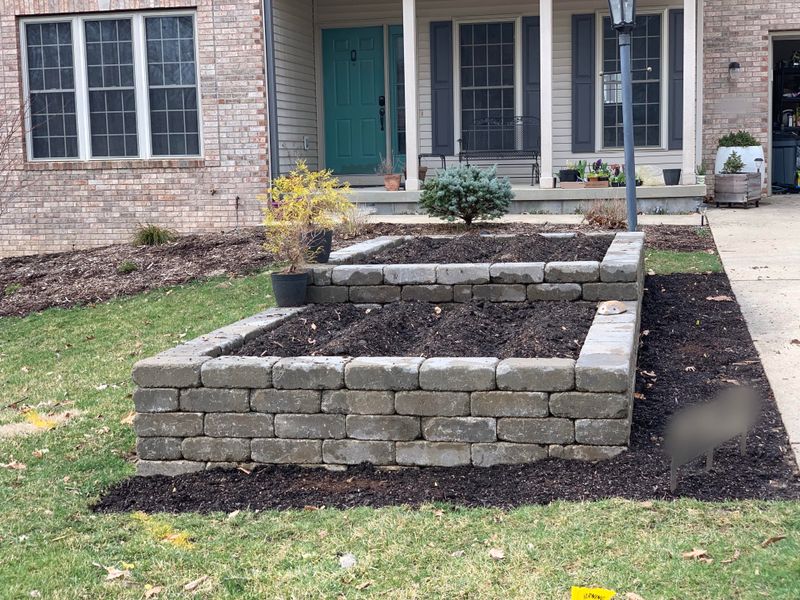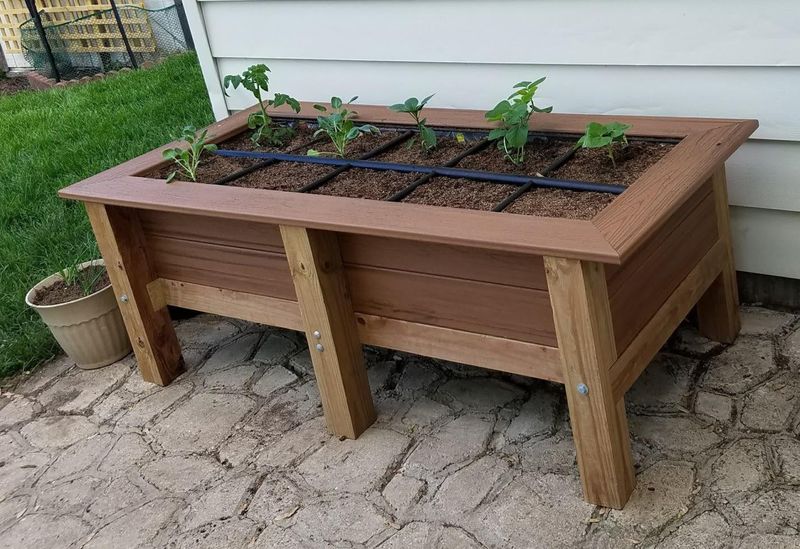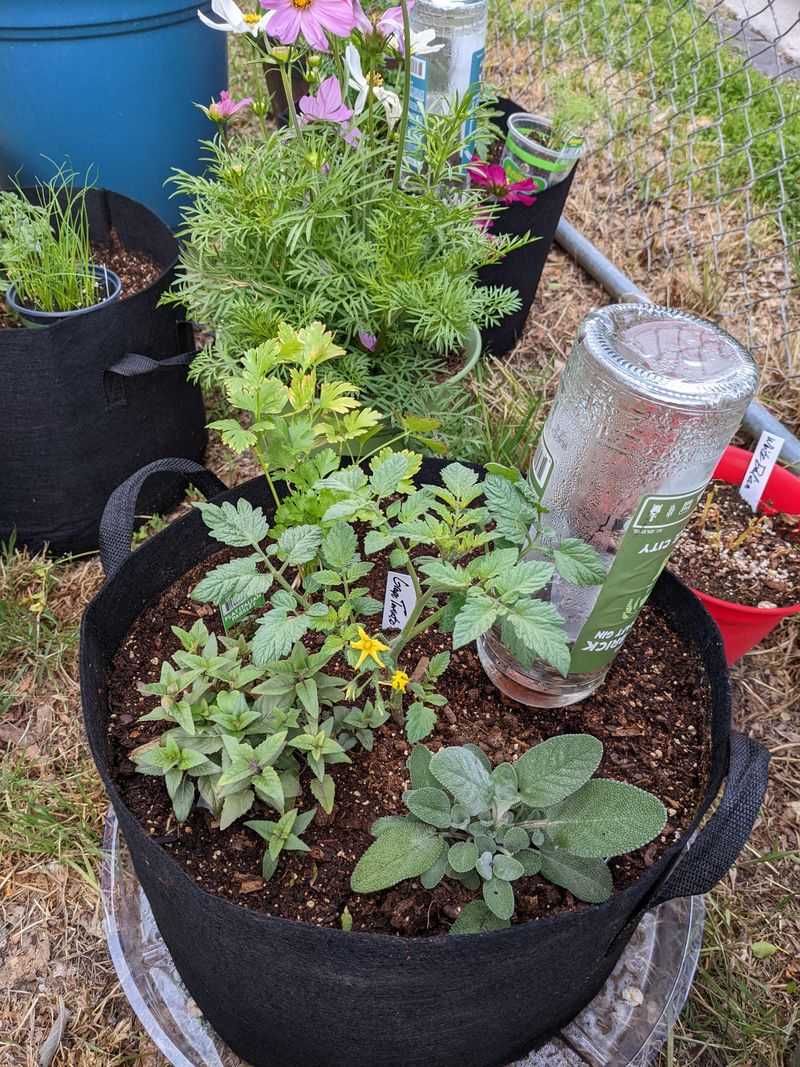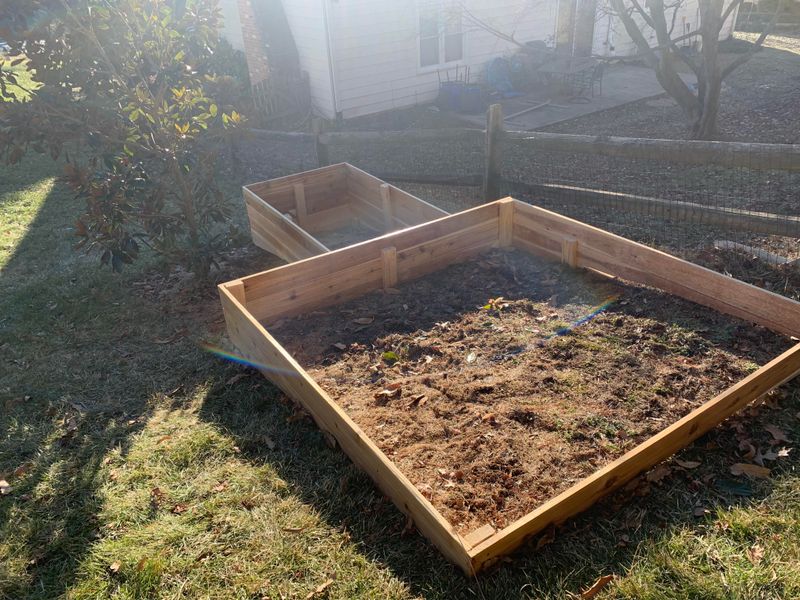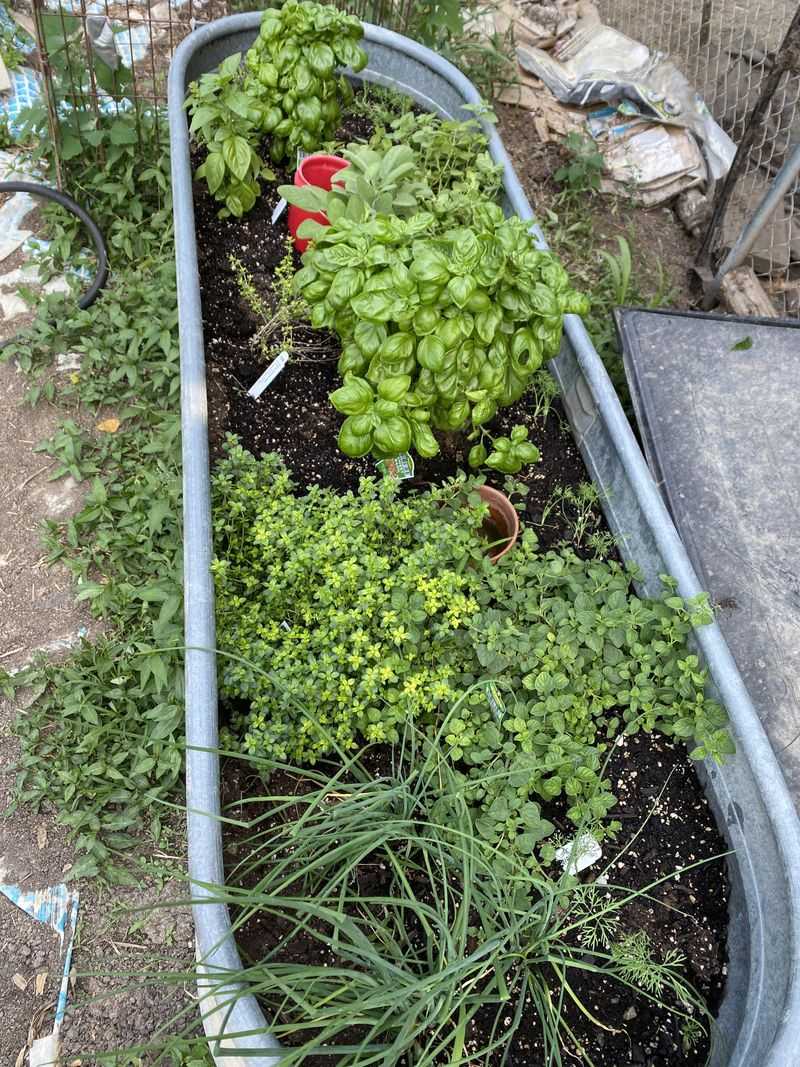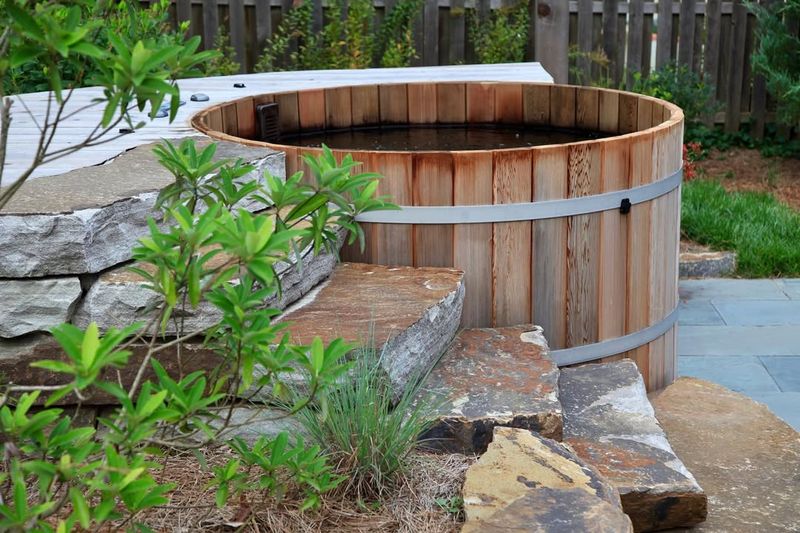I loved the look of wooden raised beds at first—until they started falling apart faster than I expected. Between rot, pests, and constant upkeep, they turned into more hassle than help.
If you’ve run into the same issues, you’re not alone, and there are smarter ways to build a garden that lasts. I’ve tested a few alternatives that hold up better and still look great.
Let’s talk about why wood might not be the best choice and what you can use instead!
1. Rot Over Time
Time has a funny way of working against us, or in this case, against your wooden raised beds. These structures, despite their sturdy appearance, are prone to rotting over time.
The natural elements like rain, snow, and humidity work relentlessly on wood, causing it to degrade. This deterioration not only affects the aesthetics but also the structural integrity of your garden beds.
2. Attract Termites
Consider the allure of wooden raised beds for termites. To them, it’s like a gourmet buffet waiting to be devoured. Termites are naturally drawn to wood, and if your garden is equipped with these beds, you might unintentionally invite these unwanted guests.
Once settled, termites can cause significant damage, not just to the beds, but potentially to nearby wooden structures, including your home. Regular inspections become necessary to catch infestations early.
3. Can Warp Or Crack
Wood is as temperamental as a moody artist, responding dramatically to environmental changes. Wooden raised beds can warp or crack due to fluctuations in temperature and humidity. This warping can lead to uneven soil distribution, affecting plant growth.
Cracking not only looks unsightly but might also compromise the strength of the bed. Maintenance becomes a constant battle, requiring time and effort to keep the beds in functional condition.
4. Expensive Hardwood Options
Opting for hardwood to avoid quicker degradation? Get ready to open your wallet wide. While hardwoods like cedar and redwood are more resistant to rot and pests, they come with a hefty price tag.
Even though they offer durability, the upfront cost can be prohibitive for many gardeners. Balancing cost with longevity becomes a critical decision, often leaving gardeners pondering if the investment is truly worth it.
5. Chemicals In Treated Wood
The idea of preserving wood with chemical treatments might sound appealing, but it brings its own set of issues. Treated wood, often infused with chemicals to resist rot and pests, can leach harmful elements into the soil.
This contamination can affect plant health and potentially enter the food chain if you’re growing edibles. Gardeners face a dilemma, balancing the benefits of durability against the risks of chemical exposure.
6. Splinters
Wooden raised beds have a sneaky way of biting back. Splinters are a common issue, especially as the wood ages and wears. Handling the beds or working in the garden can become a painful challenge, with the risk of splinters lurking at every touch.
This not only affects you but can also deter children and pets from enjoying garden activities. Regular sanding and maintenance are required to keep these prickly nuisances at bay.
7. Requires Regular Maintenance
Caring for wooden raised beds can feel like an endless chore. Regular maintenance, including sealing, staining, and repairing damaged areas, is necessary to extend their lifespan. This ongoing upkeep demands both time and resources, which might not appeal to everyone.
Instead of enjoying your garden, you might find yourself stuck in a cycle of constant care, which can be both frustrating and exhausting.
8. Short Lifespan
For all their charm, wooden raised beds aren’t built to stand the test of time. Even with the best care, most wooden beds have a relatively short lifespan compared to other materials.
The inevitable wear and tear from environmental factors and the natural decay process mean that replacement is often needed sooner than desired. This cycle of replacement can be costly and inconvenient for dedicated gardeners.
9. Can Dry Out Soil Faster
Surprisingly, wooden raised beds can contribute to drying out your soil faster than expected. The wood can wick moisture away from the soil, especially if it’s untreated or poorly maintained.
This can lead to a constant need for watering, impacting water conservation efforts and increasing your gardening workload. Monitoring soil moisture levels becomes crucial to ensure your plants remain healthy and hydrated.
10. Limited Size Options
Customizing the size of wooden raised beds isn’t as straightforward as it might seem. The structural limitations of wood mean that creating larger beds can lead to warping or instability. Additionally, the available lumber sizes can restrict creativity in design and functionality.
This can be a significant drawback for gardeners with specific layout plans or those who want to maximize their planting area.
11. Heavy To Move
Moving a wooden raised bed can feel like a Herculean task. Their weight, especially when filled with soil, makes relocation a daunting challenge. This lack of portability can be a significant hurdle for gardeners who want to adapt or redesign their garden space.
Without a team or additional help, moving these beds can become an impractical endeavor, affecting your ability to experiment with garden layout.
12. Difficult To Repair
When wooden raised beds encounter damage, repairs can be tricky and time-consuming. Fixing warps, cracks, or termite damage often requires specialized tools and skills. In some cases, the damage might be too extensive, leading to a full replacement being more feasible than repair.
This can discourage gardeners who prefer low-maintenance options, adding to the overall frustration of using wooden beds.
13. Not Sustainable If Using New Lumber
Using new lumber for wooden raised beds raises sustainability concerns. The demand for new wood contributes to deforestation and resource depletion. While recycled or reclaimed wood offers a more eco-friendly alternative, not all gardeners have access to these materials.
This environmental impact might sway eco-conscious gardeners towards more sustainable options, aligning their practices with green principles.
14. May Stain Or Weather
Over time, wooden raised beds are at the mercy of the elements, leading to unsightly stains and weathering. Rain, sun, and temperature changes cause wood to lose its original look, detracting from the garden’s overall aesthetic.
While weathering can be minimized with sealants and stains, these solutions add another layer of maintenance. For those who prioritize visual appeal, this might be a significant downside.
15. Nails/Screws Can Rust
The structural integrity of wooden raised beds heavily relies on nails and screws, which are susceptible to rust. Exposure to moisture hastens this process, weakening the joints and connections. Rust not only affects the strength of the bed but also poses a safety risk.
Regular inspection and replacement of rusted parts become necessary to maintain the bed’s stability, adding to the overall upkeep.
16. Can Overheat In Sun
Under the blazing sun, wooden raised beds can absorb heat, potentially overheating the soil. This can create an inhospitable environment for plants, especially in warmer climates. The increased temperature stresses plant roots, affecting their growth and health.
Gardeners may need to implement shading or cooling strategies to mitigate this heat retention, which can be an additional consideration when planning the garden layout.
17. Prone To Mold In Damp Climates
In regions with high humidity or frequent rainfall, wooden raised beds are at risk of mold growth. Mold not only discolors the wood and affects its appearance but can also compromise the bed’s structural integrity.
Combatting mold requires constant vigilance and treatment, often involving chemical solutions that might pose additional concerns for organic gardeners. This challenge can make wooden beds less appealing in damp climates.
18. Difficult To Insulate In Winter
When winter rolls around, insulating wooden raised beds becomes a challenge. The wood doesn’t naturally provide strong insulation, leaving soil and roots vulnerable to freezing temperatures. Protecting your plants requires additional materials and efforts, such as adding mulch or using row covers.
This added layer of care can be a hassle for gardeners seeking low-maintenance solutions during the colder months.
19. Installation Can Be Time-Consuming
Setting up wooden raised beds isn’t a quick task. The assembly process can be time-consuming, involving precise measurements, cutting, and fitting. This complexity can be daunting for novice gardeners or those with limited time.
Even with pre-made kits, the installation requires careful attention to detail to ensure stability and longevity. Those looking for a straightforward setup might find this an unwelcome chore.
20. Might Not Be Pet- Or Child-Friendly
Wooden raised beds might not be the best choice for family-friendly gardens. Splinters, sharp edges, and the potential for nails or screws to protrude create safety concerns for children and pets.
This requires additional measures to childproof or pet-proof the area, which can be burdensome for families. Opting for more pet- and child-friendly materials might provide peace of mind and a safer gardening environment.
21. Metal Raised Beds
Looking for an alternative to wooden raised beds? Metal raised beds offer a sleek, durable option that stands up to the elements without rotting or attracting pests. Their modern design can complement any garden aesthetic, providing a long-lasting solution.
While they may heat up quickly, proper placement and watering can help manage soil temperature. With minimal maintenance required, they appeal to gardeners seeking reliability.
22. Brick Or Stone Beds
For a touch of elegance and permanence, brick or stone beds are an excellent choice. These materials bring a timeless charm and robust durability, resisting weathering and decay.
Ideal for those looking for a stable, long-term solution, they require little maintenance once installed. The aesthetic appeal and structural integrity make them a worthy investment for serious gardeners wanting to create a lasting impact.
23. Concrete Blocks
Urban gardeners might find concrete blocks a practical alternative to wooden beds. Durable and easy to source, they offer flexibility in design and can withstand harsh conditions. Concrete blocks provide excellent insulation, keeping soil temperatures stable throughout the seasons.
Their industrial look can be softened with strategic plantings, creating an inviting, modern garden space that thrives in any climate.
24. Recycled Composite Beds
For the environmentally conscious gardener, recycled composite beds present a sustainable option. Made from a blend of recycled plastics and wood fibers, these beds resist rot and pests without harmful chemicals. They require minimal upkeep, providing a eco-friendly, durable solution.
Their uniform appearance and variety of styles allow for creative garden designs, making them a versatile choice for any setting.
25. Straw Bale Gardening
Straw bale gardening offers a creative alternative to traditional raised beds. By using straw bales as the growing medium, gardeners can create temporary, cost-effective beds that decompose over time, enriching the soil.
This method is ideal for those looking to experiment without permanent structures. It’s an innovative way to garden that embraces natural processes, appealing to those who enjoy a rustic aesthetic.
26. Fabric Grow Bags
Space-conscious gardeners might appreciate the versatility of fabric grow bags. These portable, breathable containers allow for flexible garden layouts, making them perfect for small spaces or patios. Fabric grow bags promote healthy root systems by preventing circling and enhancing aeration.
Easy to store and move, they provide a low-maintenance solution that adapts to your gardening needs without the downsides of wood.
27. In-Ground Mounded Beds
Embrace simplicity with in-ground mounded beds, which require no structures or borders. By mounding soil directly on the ground, gardeners can create planting areas that blend seamlessly with the natural environment.
This option encourages healthy root growth and soil drainage, ideal for those who prefer a minimalist approach. It’s a low-cost, low-effort alternative that connects you to the earth’s cycles.
28. Galvanized Stock Tanks
Repurposing galvanized stock tanks adds a rustic touch to any garden. These sturdy, weather-resistant containers offer ample space and depth for growing a variety of plants. Their unique aesthetic fits both urban and rural settings, providing a durable solution without the pitfalls of wood.
Stock tanks are easy to set up and require little maintenance, making them an attractive option for busy gardeners.
29. Upcycled Materials (E.G. Bathtubs, Barrels)
Unleash your creativity by using upcycled materials like bathtubs or barrels for raised beds. This eco-friendly approach turns discarded items into functional garden features. By repurposing, you reduce waste and create unique, conversation-starting elements in your garden.
It’s a sustainable choice that supports recycling efforts while adding a personal touch to your outdoor space. Each upcycled bed tells a story of innovation and care.

